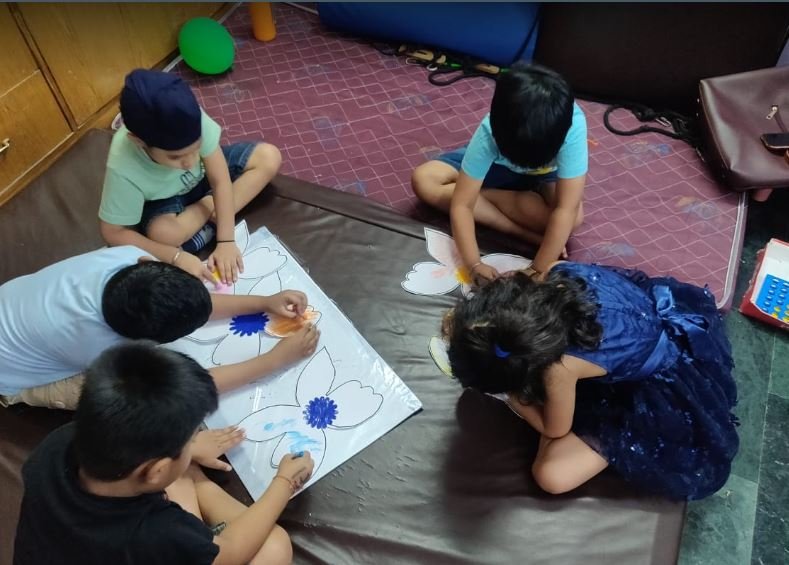Physical Therapy
Physical Therapy in a special school context involves the application of specialized interventions to address the physical challenges and motor difficulties of students with disabilities or special needs. Physical therapists (PTs) work with these students to improve their movement, strength, coordination, and overall physical abilities. The goal of physical therapy is to enhance their functional independence, mobility, and participation in daily activities and educational settings.

- Assessment and Evaluation: The process begins with a thorough assessment of the student's physical abilities, limitations, and challenges. Physical therapists observe the student's movement patterns, coordination, muscle strength, flexibility, posture, and any pain or discomfort they may experience.
- Setting Goals: Based on the assessment, the physical therapist collaborates with the student's IEP team and parents to set specific goals. These goals could relate to improving mobility, achieving gross motor milestones, increasing strength, managing pain, enhancing balance, and more.
- Individualized Treatment Plans: Physical therapists create individualized treatment plans that outline the strategies, exercises, and interventions that will be used to address the student's specific needs and goals. These plans take into consideration the student's age, abilities, and challenges.
- Motor Skill Development: Physical therapy focuses on developing and enhancing motor skills, including crawling, walking, running, jumping, and fine motor tasks. PTs work to improve the student's ability to perform these movements independently and effectively.
- Therapeutic Exercises: Physical therapy sessions involve various therapeutic exercises and activities designed to improve strength, coordination, balance, and flexibility. These exercises are often tailored to be engaging and motivating for the students.
- Mobility Aids and Equipment: Physical therapists may recommend and provide training on the use of mobility aids such as crutches, walkers, wheelchairs, and orthotic devices. They also assist in ensuring that the student's seating and positioning needs are met to promote comfort and functionality.
- Gait Training: For students working on walking or mobility skills, physical therapists provide gait training. This involves teaching proper walking patterns, balance strategies, and techniques for safe and effective movement.
- Functional Activities: Physical therapy is focused on helping students participate in real-life activities. This could include practicing skills like getting in and out of chairs, climbing stairs, dressing, and other activities of daily living.
- Collaboration: Physical therapists collaborate closely with special education teachers, occupational therapists, speech therapists, and other professionals involved in the student's care. This interdisciplinary approach ensures that all aspects of the student's development are addressed.
- Progress Monitoring: Regular assessments and progress tracking are essential to monitor the student's improvement and adjust the treatment plan accordingly.
- Inclusion and Participation: Physical therapists work to ensure that students with physical disabilities are included in school activities to the greatest extent possible. This might involve adapting physical education classes and ensuring accessibility within the school environment.

